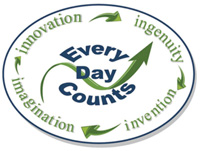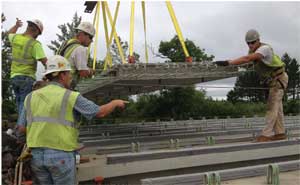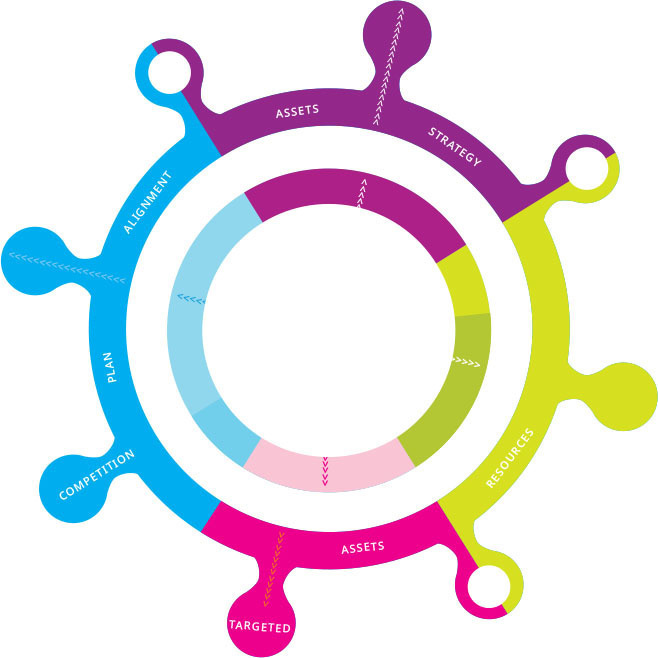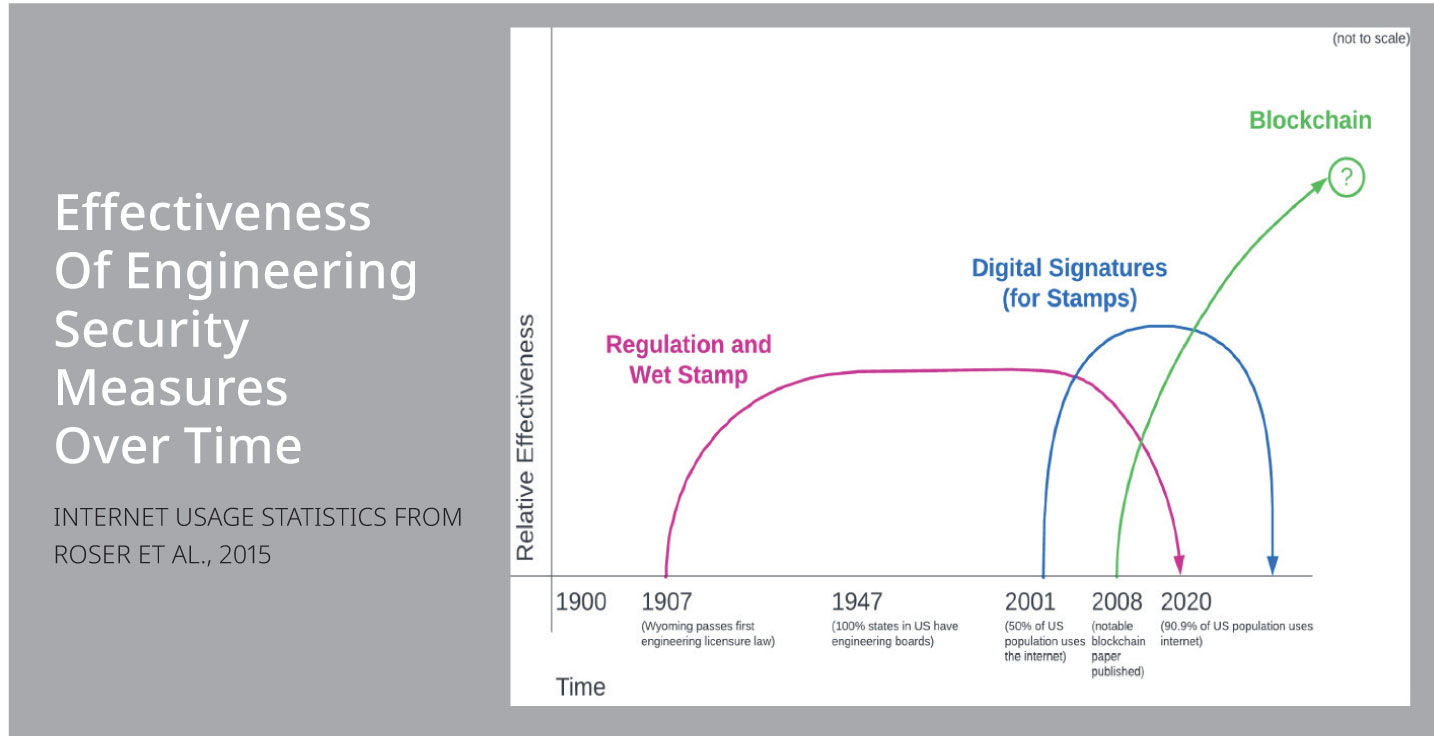September/October 2018
Communities: Construction
Every Day Counts for Highway Innovators
 When the Federal Highway Administration launched Every Day Counts in 2009, few may have predicted all the innovations the program would create and apply to highway projects across the country.
When the Federal Highway Administration launched Every Day Counts in 2009, few may have predicted all the innovations the program would create and apply to highway projects across the country.
Every Day Counts is an initiative in which the FHWA partners with state and local transportation agencies, contractors, industry experts, and other stakeholders over two-year cycles to adopt new innovations and technologies for state transportation projects.
 Earlier this year, the program announced its fifth “round” of innovations, or EDC-5, set for 2019–20. The partnership has advanced more than 43 innovations and significantly improved project delivery on the transportation system across the country. EDC also led to the establishment of State Transportation Innovation Councils in every state. These councils incorporate deployment of these innovations into everyday business practices.
Earlier this year, the program announced its fifth “round” of innovations, or EDC-5, set for 2019–20. The partnership has advanced more than 43 innovations and significantly improved project delivery on the transportation system across the country. EDC also led to the establishment of State Transportation Innovation Councils in every state. These councils incorporate deployment of these innovations into everyday business practices.
Connie Yew, P.E., serves as the construction management team leader in FHWA’s Office of Infrastructure. Her team is responsible for encouraging states to use some of these safer, more efficient, and cost-saving technologies.
Yew says the innovations set for 2019–20 will include project bundling, the process of awarding a single contract for several preservation, rehabilitation, or replacement projects. The goal is to streamline design and construction, reduce costs, and ease project backlogs.
EDC-5 will also introduce states to unmanned aerial systems, or drones, to modernize inspection and construction operations. The FHWA, as part of the Department of Transportation, has partnered with the FAA, state and local governments, and industry and business leaders to test drone applications in highway construction as part of the UAS Integration Pilot Program announced in May.
Some of the more recent innovations that have been championed in recent EDC rounds include intelligent compaction; accelerated (or “slide-in”) bridge construction; 3D, 4D (shows approximate schedule), and 5D (shows approximate cost) engineered models; and e-construction, or going almost completely digital and paperless, to name a few.
“Our role when we do these technology transfers is that of oversight and stewardship,” Yew says. “The oversight role is to make sure any funds provided to the states are spent in the most efficient way possible, and the stewardship role ensures the money is spent in the best possible way, using best practices, on a state-by-state basis.”
Following the deployment of each round of EDC, the states meet at several regional summits to discuss best practices, exchange ideas, and learn from each other about highway innovations. Following the regional summits, states, local public agencies, and Federal Lands Highway Divisions begin the process of choosing the innovations that fit their unique program needs, establish performance goals, and commit to finding opportunities to put those innovations into practice over the next two years.
The regional summits for EDC-5 will occur in October and November, with orientation webinars for summit attendees set for as early as September 2018.
If you attended the 2018 Professional Engineers Conference in Las Vegas and are interested in learning more about Every Day Counts and the FHWA’s efforts to modernize highway construction efforts, you can view Connie Yew’s presentation in the Conference Community.


 Volunteering at NSPE is a great opportunity to grow your professional network and connect with other leaders in the field.
Volunteering at NSPE is a great opportunity to grow your professional network and connect with other leaders in the field. The National Society of Professional Engineers (NSPE) encourages you to explore the resources to cast your vote on election day:
The National Society of Professional Engineers (NSPE) encourages you to explore the resources to cast your vote on election day:


